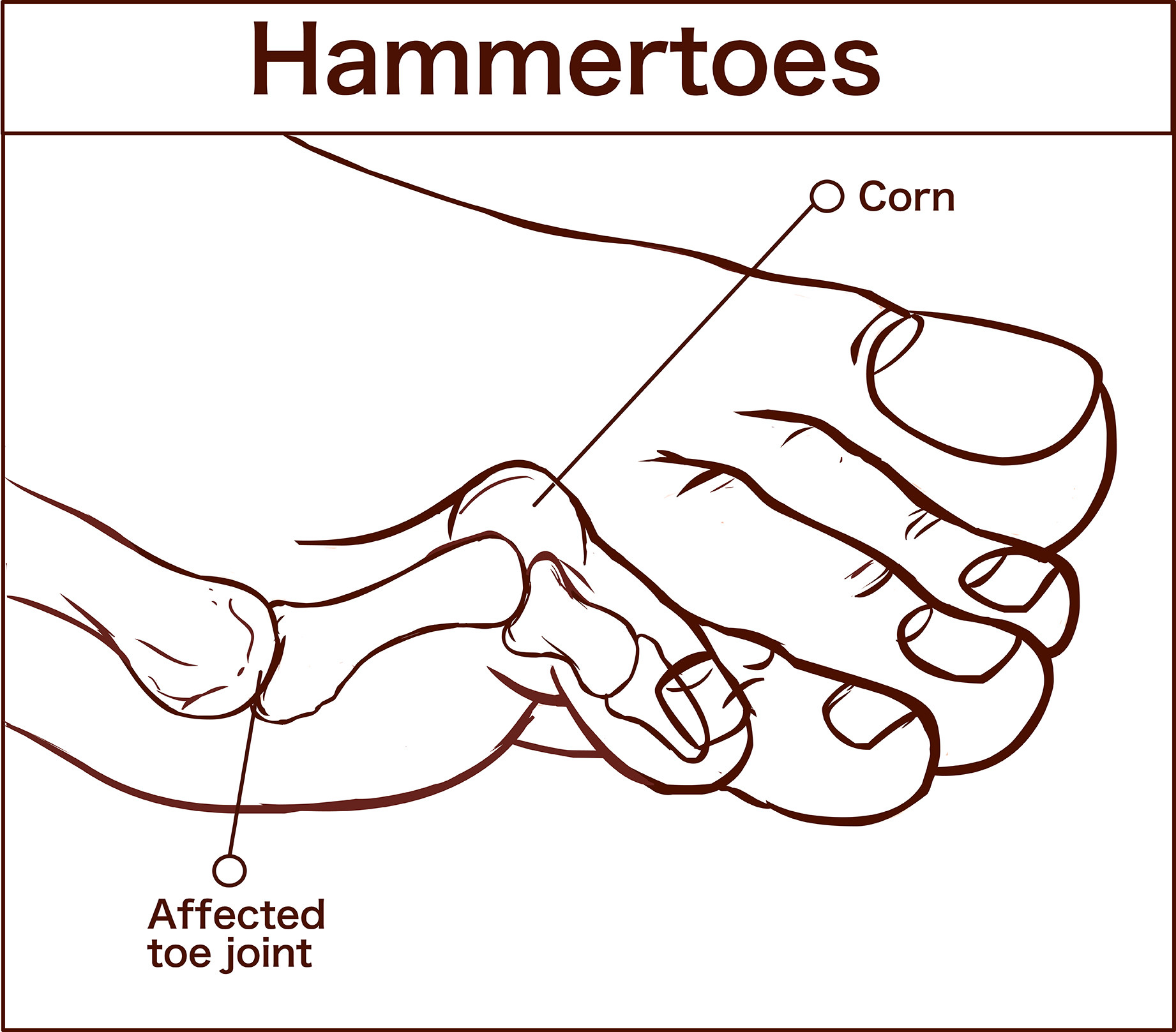Deformities of the feet or the toes cannot escape the attention of most people. This is because of the obvious deviation that occurs. This is the case with hammertoes in people with diabetes as there are physical changes in the structure of the toes accompanied by foot pain. However, one has to undergo a thorough evaluation in order to diagnose hammertoes and rule out the possibility of other diabetic foot problems.
Diabetes and feet – Diagnosis of hammertoes
In people with diabetes, diabetic neuropathy is a common condition that leads to nerve damage along with pain, lack of sensation, tingling, or burning sensations. Nerve damage over a period of time leads to foot deformities like hammertoes.
Hammertoe is a condition in which the toes of the feet tend to bend inward instead of pointing forward. This leads to foot pain, inflammation, and discomfort while walking.
In order to accurately diagnose hammertoes, doctors have to evaluate past medical history, presence of other conditions like diabetes, arthritis, and others. Along with these other tests include:
- Physical examination of the feet
- X-ray imaging test of the affected feet in order to look for muscle or bone injuries
Once the diagnosis is confirmed and the extent of the curling is determined, doctors advice physical therapy, diabetic footwear, and sometimes surgery as part of the treatment plan for hammertoes.











